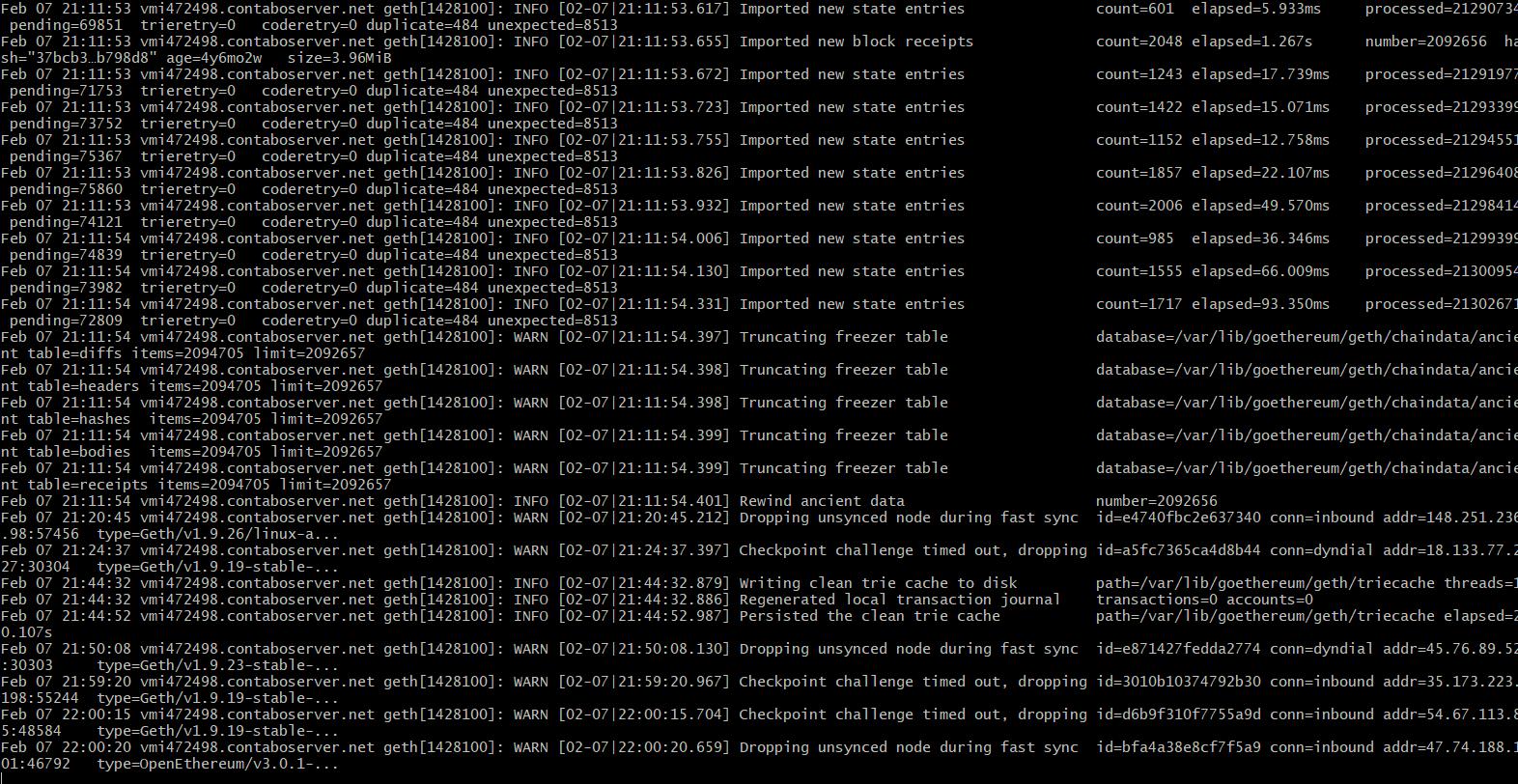


That is, pixels belonging to that group will all have that particular ID Number (e.g., ID = 67897), but no other pixels outside that group will have that ID.In contrast, classification methods assign a class to each element, be it individual pixels or segments. Segmentation methods divide a unit (be it text unit, an image, or other data structure) into smaller groups of connected sub-units, such as words, pixels, etc.Each segmented group has in the resulting raster (aka partition).

I am running into a issues as stated bellow:Can anybody here shed some light for me? Task Segmentation Approach Sas Segmentation Violation In Task Program For Kids Sas Segmentation Violation In Task Program For Kids.chunk.to_sql instead of chunk.to_csv since we are writing the data to the database i.e csv_database.Also, chunk_sql is an arbitrary name given to the chunk. chunk_size=50000 batch_no=1 for chunk in pd.read_csv('yellow_tripdata_2016-02.csv',chunksize=chunk_size,iterator=True): chunk.to_sql('chunk_sql',csv_database, if_exists='append') batch_no+=1 print('index: '.format(batch_no)) The loop reads the datasets in bunches specified by the chunksize. This process is similar to what we have seen earlier in this article. csv_database = create_engine('sqlite:///csv_database.db') Creating a database from the CSV file with Chunking We shall name the database to be created as csv_database. It is used to build an engine for creating a database from the original data, which is a large CSV file, in our case.įor this article, we shall follow the following steps: Import the necessary libraries import sqlite3 from sqlalchemy import create_engine Create a connector to a database
#Sas segmentation violation in task program full#
SQLAlchemy is the Python SQL toolkit and Object Relational Mapper that gives application developers the full power and flexibility of SQL. Here is a video of how the main CSV file splits into multiple files. We choose a chunk size of 50,000, which means at a time, only 50,000 rows of data will be imported. From the SAS log, it looks like you are running SAS 9.2, which is ancient. Anytime that you encounter a segmentation violation, you should report that issue to SAS Technical Support. chunk_size=50000 batch_no=1 for chunk in pd.read_csv('yellow_tripdata_2016-02.csv',chunksize=chunk_size): chunk.to_csv('chunk'+str(batch_no)+'.csv',index=False) batch_no+=1 Re: Segmentation Violation in Task ARBOR. Then using read_csv() with the chunksize parameter, returns an object we can iterate over. To enable chunking, we will declare the size of the chunk in the beginning. We’ll be working with the exact dataset that we used earlier in the article, but instead of loading it all in a single go, we’ll divide it into parts and load it. Pandas’ read_csv() function comes with a chunk size parameter that controls the size of the chunk. In the case of CSV files, this would mean only loading a few lines into the memory at a given point in time. In order words, instead of reading all the data at once in the memory, we can divide into smaller parts or chunks. According to Wikipedia,Ĭhunking refers to strategies for improving performance by using special knowledge of a situation to aggregate related memory-allocation requests. Before working with an example, let’s try and understand what we mean by the work chunking.


 0 kommentar(er)
0 kommentar(er)
